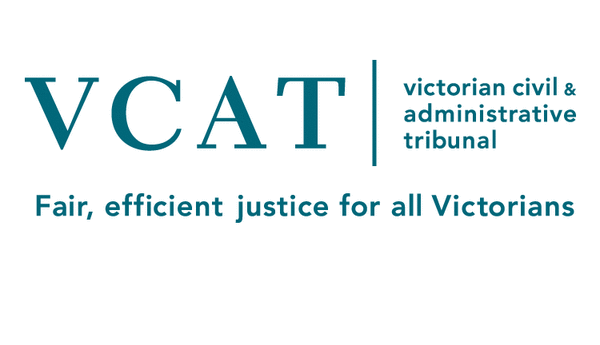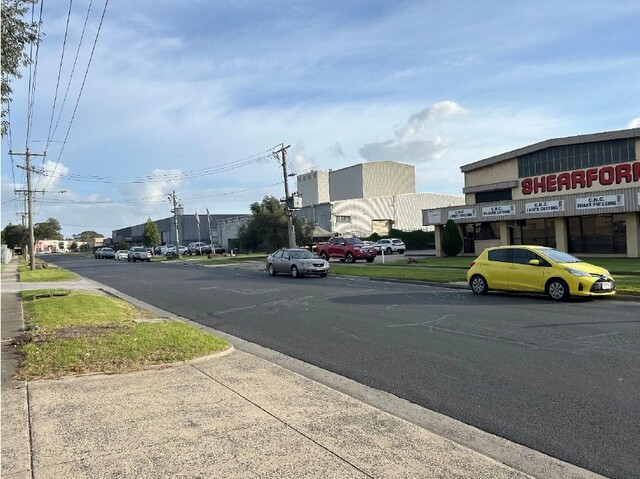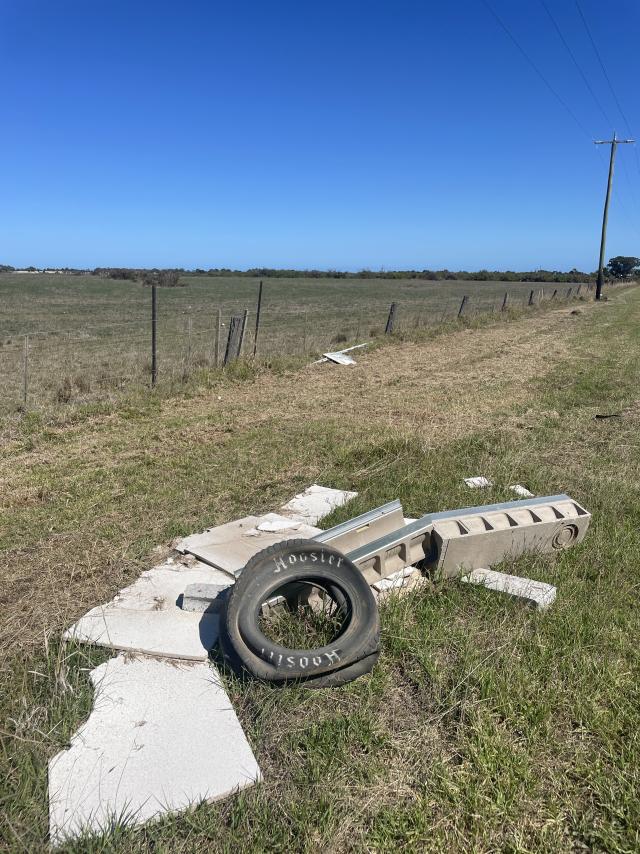Endeavour Hills residents have successfully appealed against a planning permit for a triple-dwelling development in their neighbourhood.
Casey Council had originally approved a permit to partially retain the corner-block home at 2 Haverstock Hill Close and build two double-storey homes facing Chalcot Drive.
Objecting residents appealed to the Victorian Civil Administrative Tribunal, which ruled in their favour on 30 March.
They had opposed on neighbourhood character, traffic and amenity grounds, VCAT senior member Bill Sidonis noted.
“I acknowledge the applicants’ concerns regarding the proposed outcome of three dwellings on a lot, given the area is principally single dwellings, with some examples of two-dwelling developments.”
He found that the development did not respect the neighbourhood character of “conventional residential lots” with a “sense of spaciousness” and a “garden character”.
The existing home occupied two-thirds of the lot, with the proposed two dwellings in the remaining one-third.
There was “minimal separation” between the buildings, “modest” private open space and much of the front lawn would be replaced with driveway pavement.
“This results in a siting and built form response which is at odds with the spacious context of this neighbourhood,” Mr Sidonis stated,
The proposed 14 square metre front garden was insufficient, and not “respectful of existing … character”.
Nor was the lack of habitable rooms and windows on the new buildings’ ground floors.
“All that can be accommodated are the garages, an entry door and the staircase, which has a blank wall in the façade.”
Mr Sidonis stated there was no evidence of detrimental traffic impact.
The site was in an ‘incremental change area’ for streets remote from activity centres and public transport. However, Mr Sidonis noted it was “proximate” to Endeavour Hills major activity centre.
According to Casey’s housing strategy, single dwellings with generous setbacks and gardens should prevail in the area.
More intensive housing was “not appropriate”, but dual occupancies and “some multiple units” were permitted, the strategy stated.







